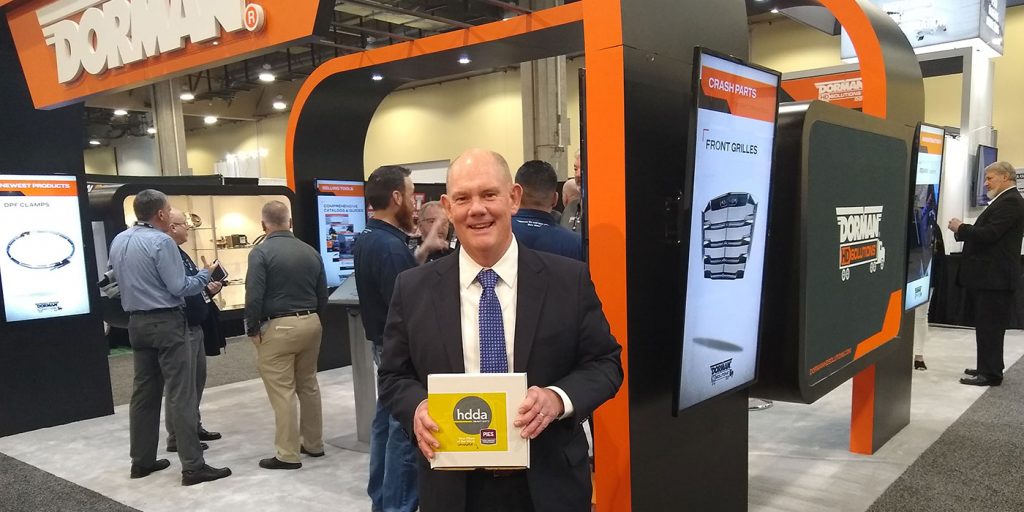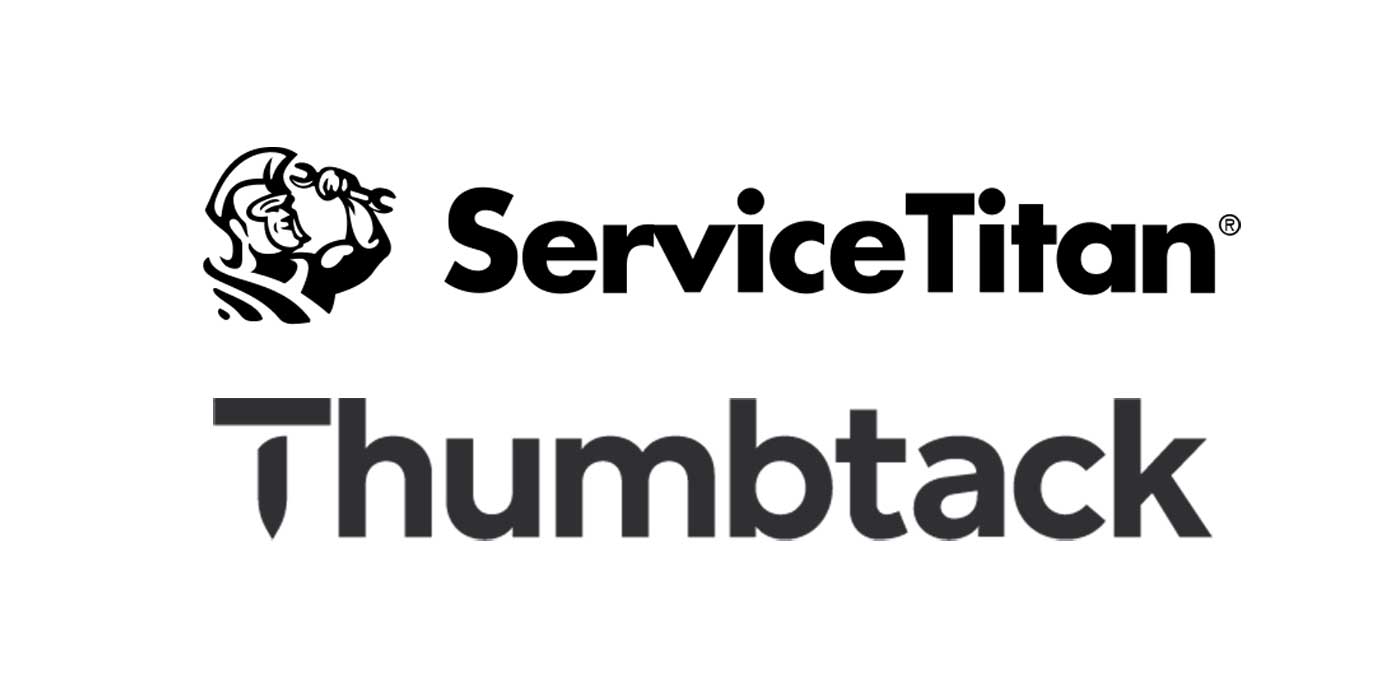Data drives decisions, and the only thing worse than not having data is having the wrong data. That’s especially true in the heavy-duty aftermarket where nomenclature for parts, components and quantities (to name a few) can vary wildly. It’s confusing, inefficient and worst of all—costly. Consider the quantity terminology when placing a parts order.
“Some people call it case quantity, whereas other people call it pack quantity. So you order a pack quantity, but in actuality it’s a case. So you ordered five times more product than you thought you’re ordering,” said Bill Hanvey, president and chief executive officer of the Auto Care Association, which includes HDDA: Heavy-Duty, an association of heavy-duty manufacturers, distributors, retailers, professional service providers, and business service companies.
That’s why HDDA: Heavy Duty, worked with 70 aftermarket companies to develop a new expansion of the Product Information Exchange Standard (PIES) and provides nearly two dozen product categories in heavy-duty data through the Auto Care Vehicle Information Portal (Auto Care VIP). I had the opportunity to sit down with Hanvey and Jonathan Larsen, manager, reference data architect, Auto Care Association, to dive into the developmental details and find out how the new data standards will bring uniformity to a rapidly evolving aftermarket.
FE: Hi Bill and Jonathan, thanks for taking the time. At the PIES press conference, Bill, you referenced the history of PIES and something you said that it’s a step toward making the aftermarket relevant in a bigger industry picture. Where will we see that and what’s your hope for going the new product standards going forward?
Hanvey: We are living in a digital age and in order for our industry to progress, suppliers need to portray their product categories or individual sku’s dynamically. To do that, we needed standards that enable robust product descriptions of their products. It’s all about suppliers differentiating their products through the Product Information Exchange Standards (PIES)
FE: When you start talking about data, some people’s eyes can gloss over. Where will PIES become real to suppliers and not just a nebulous digital product?
Hanvey: I think the case/quantity confusion is a perfect example. From the packaging description the customer can tell: How many parts per pack? How many packs per case? how many cases per pallet? Knowing all of that enables you to be more efficient in your operations.
And let’s talk about eCommerce for a minute. A lot of people associated PIES with e-commerce, but that’s not the case. Suppliers can use it in their own cataloging. But, many eCommerce sales are researched online, and then purchase through brick and mortar. So if you’re doing research online, suppliers have to make sure that their product is presented as accurately as possible. So PIES will enable fleets to see the most robust product information available.
FE: Right. If you look at what some of the OEM aftermarket divisions are doing with their own newly redesigned parts platforms—it has all the info, but distributors have a login to get their pricing, view inventory, etc. Enabling that on a more holistic industry level definitely brings more choice and parts availability to fleets and service centers.
So how does it work? When you were developing PIES how did you create a standard that’s flexible enough to show off product differences?
Larsen: The big thing was is that we went through and looked at what we had for PIES and asked, ‘What is missing for heavy-duty?’ The three components that help standardize the communication of content are the Product Classification Database (PCDb), the Product Attribution Database (PADb) and the brand. So PCDb is the parts terminology. It creates a commonality. The PADb is the attributes. That puts the product in front of you with a common language of attributes for this product that describe it. And then, of course there’s the brand.
FE: Can you give me an example of the attributes and how robust that definition set is?
Larsen: Sure. Brake information, for example. We went through the brake category extensively.
It’s definitely important in light-duty side, but we took the data set further for heavy-duty and added the needed attributes for each of the part terminologies. This goes back to working with the manufacturers to figure out what do they needed.
Hanvey: In nearly any product category, companies call the same product by different names. Like air springs—some call them gas springs.
Larsen: Or in the engine world, suppliers talk about soldier sleeves versus sleeve assembly, and a lot of that is the same thing as when you talk about liner versus a sleeve.
Hanvey: So we brought the manufacturers together to agree on a common language.
FE: There has been a lot of technology talk here at Heavy Duty Aftermarket Week and I’m sensing trepidation from some suppliers. How have you seen that related to PIES and what’s the important takeaway?
Hanvey: There are absolute misconceptions out there that data standards are a means for people to take supplier data and put it in the cloud. Or that we ask for proprietary information. I have even heard a supplier say, ‘You’re going to take my blueprints and put them out on a website so people are going to be able to copy my product configuration.’ Nothing could be further from the truth.
Suppliers populate the information. So they could populate the information with as much or as little as they want. That said, it serves them better to have a robust description of their product.
FE: As the equipment, components and product lines change, how will PIES be able to adapt?
Larsen: We’ve tried to keep the framework of PIES generic so that it can work for any part or any product that suppliers need to add. Within the databases such as PCDb and PADb, we continue to add part terminologies and attributes so that we have a common language for new products
FE: Bill, you mentioned the continued commoditization of the aftermarket at the press conference—how is PIES impacting that trend?
Hanvey: Effective use of the PIES standards is a good tool to help combat that commoditization. As an example, say you have the choice between two water bottles by two different manufacturers and one is $1.50 and one is $9. You’re going to buy the one for $1.50 until you find out that it doesn’t come with a cap and that the water comes from who knows where. But the $9 bottle is purified water, it has a screw cap, and you get two for one.
It’s all about the details. With the aftermarket facing the good, better, best product strategy, if I’m a premium part supplier, how do I combat that? By letting customers know how great my product is, and the PIES is the way to do that.














